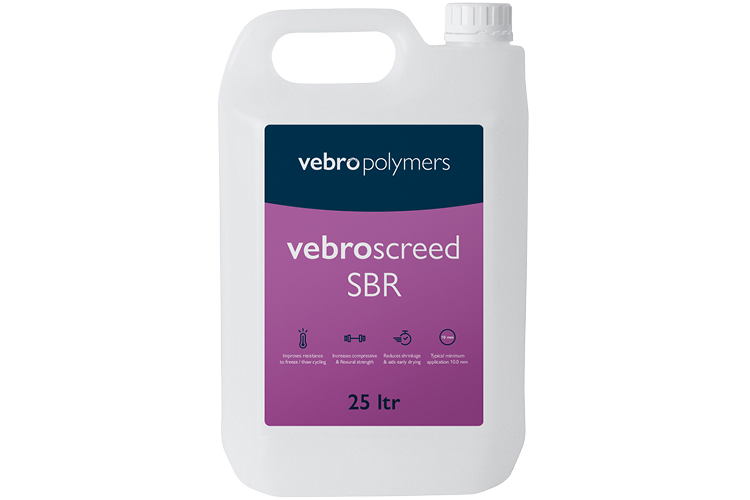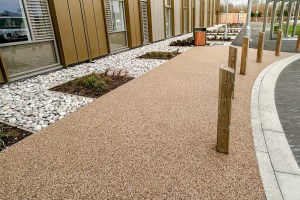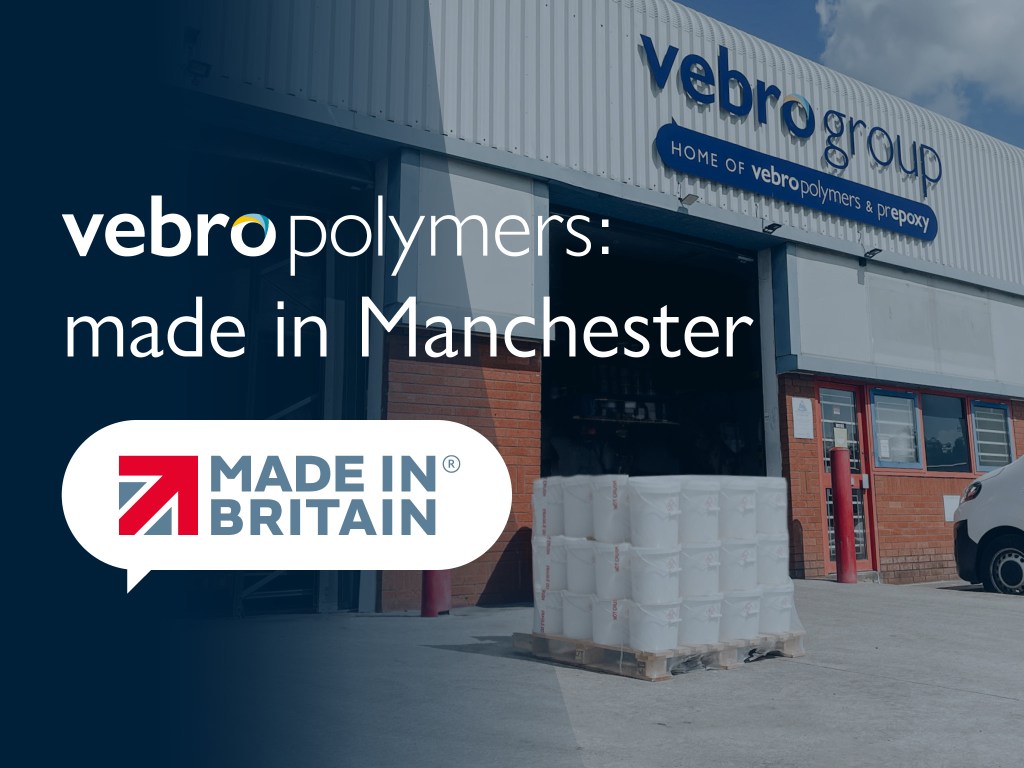What’s the difference between semi-dry traditional and proprietary fast / quick drying screeds?
What is a semi-dry, sand & cement screed?
A traditional semi-dry screed essentially consists of sand & cement, mixed at a ratio of between 3 to 5 parts sand & 1 part cement. In the majority of cases 4 to 1 is sufficient.
In the past, reinforcement was achieved by using hex wire (chicken wire) or D49 mesh. However, in the early 1990’s polypropylene fibres (PPF) started to become very popular, and today PPF is the most common used reinforcement used for traditional floor screeds.
By definition, a screed relies on water being one of the principal components added, and with watering involved the screed can shrink. To avoid shrinkage cracking occurring throughout the screed, appropriate polypropylene fibres can be added. Other additives, such as those with water reducing and strength gaining properties, can also be added to make the screed dry more quickly.
Traditional semi-dry screed drying times vary according to the weather conditions, humidity level and depth, as well as any admixtures that have been incorporated into the screed. Traditional semi-dry screeds generally dry at a rate of 1.0 mm/day for the first 40.0 mm, and 0.5 mm thereafter after the screed has been cured for 7 days.
Semi-dry floor screed systems are the only reasonable method to achieve a floor in a wet room type areas laid to falls.
What is a proprietary fast / quick drying, sand & cement screed?
Screed mixes generally contain more water in them than is required to hydrate the cement. Around 40–50% of the water added to a screed mix is used to hydrate the cement, whilst the remaining 50–60% takes up the role of making the screed workable in terms of ease of application.
A proprietary or fast / quick drying semi-dry screed (whilst being based on the same sand & cement ratio as a traditional semi-dry sand & cement screed) differs by the additional inclusion of either a liquid or powdered additive to quickly reduce the level of retained moisture within the screed. These types of additives allow for floor coverings or resin coatings to be laid over the screed much earlier than would be possible with semi-dry traditional screeds.
Additionally, the incorporation of such additives promotes quicker physical strength gain, facilitating early access to follow-on trades. The reduced water demand in these types of additive-incorporated screeds also reduces shrinkage compared with traditional sand & cement screeds.





























